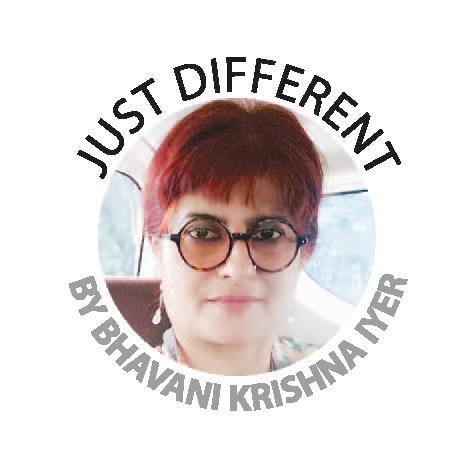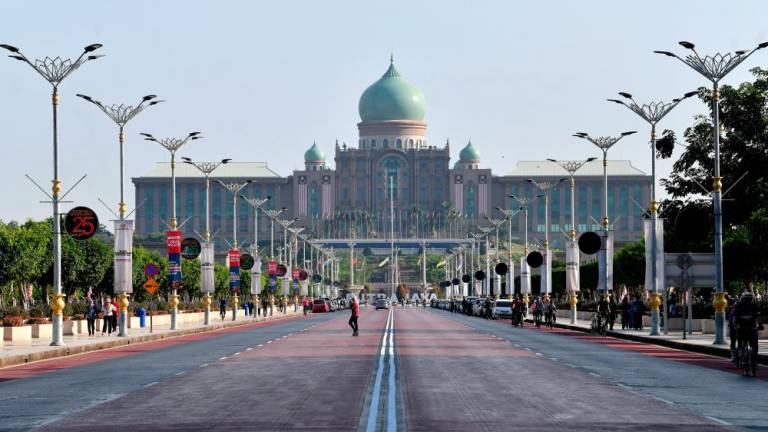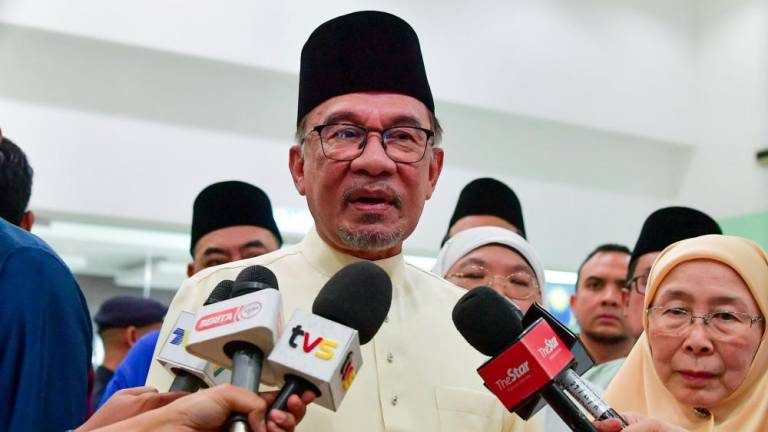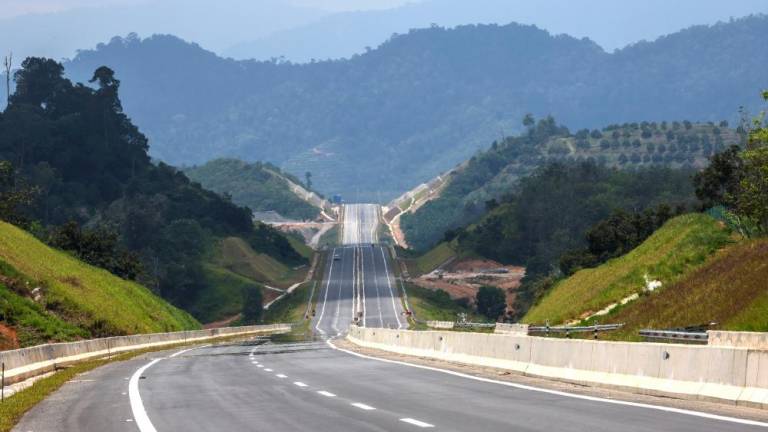AS I sat on the top floor restaurant in a skyscraper, I watched with child-like delight the flickering lights of the night life below and all around where Kuala Lumpur beamed with pride of its rich diversity, glamorous countenance, bountiful mien and of course, buildings that were fighting for space, highways that criss-crossed the city in a tangle and the seemingly busy people drowned in anxiety. Then, there are the affluent parts of the city which are quieted unceremoniously into the night, often more in pretence than exclusivity.
Meanwhile, the rail networks attempt to stay relevant struggling to entice people to get on board, failing miserably sometimes and at other times feeling important as a beacon of modernisation. City life is indeed magical with never a dull moment.
Finally, while driving back to my suburban home, I pierced through the city and its peaceful demeanour and felt a deep sense of belonging that heaven is indeed in Kuala Lumpur, the city that never sleeps, the city that offers anything you want and need, the city that gives you hopes and some falsities in trying times.
I have always been a city dweller and I would not care to imagine living any other way. I have heard disgruntled folk who would often speak of wanting to be away from the city buzz.
I too try getting away sometimes but right on the second sunrise, the blood boils with the need for action and that is what living in a city is all about.
So, what makes a city buzz? Is it the colours of people, the endless stream of foodies or is it the torrents of happenings and commemorations?
I suppose it is a combination of these. If we remember, not too long ago, the term world-class city was tossed around freely and every development was viewed in the context of the desire to achieve the world-class status.
What does it mean to be a world-class city? I mocked myself with this question and topping the list in response was the happiness index, clean public toilets and transport infrastructure. Increasingly and apparently, the basic need to have access to public toilets often determines the popularity of great cities.
In many countries, restaurants do not allow non-patrons to use their toilets which is a shame. In Malaysia no such culture exists. Restaurants owners and operators have always obliged.
Being able to move around without the terror of being caught in traffic congestion is another facet of a city that will give a world-class feel. For this to happen people need to adopt public transport as a first choice. In this respect, Malaysia is far behind. In the Klang Valley, the public-private transport mode share shows reprehensible numbers.
In this context, our chieftains will need to lead by example but we are a long way off from what Singapore has managed to accomplish simply because we have been giving excuses instead of reasons. National infrastructure and education policies should have no political interference and inference.
Much of the vibrancy of a world-class city stems from increased happiness of its people where the vitality of the city creates the right vibes.
Of particular interest to me is how to bring people together in public spaces. We have parks but the numbers are diminishing and others are under severe threat of being phased out.
Public spaces spark attachment and create a unique blend of character for the city apart from building communities and generating conscious sense of environmentalism. In sum, public spaces do a great deal in transforming communities, especially in a city where human interaction is facing extinction.
City dwellers who are caught in speed most times are parched for breathers and shopping malls are ego-boosters and don’t add value to life as such.
The guardians of the city can do a lot more to make our cities pulsate with more soul in them.
Comments: letters@thesundaily.com















